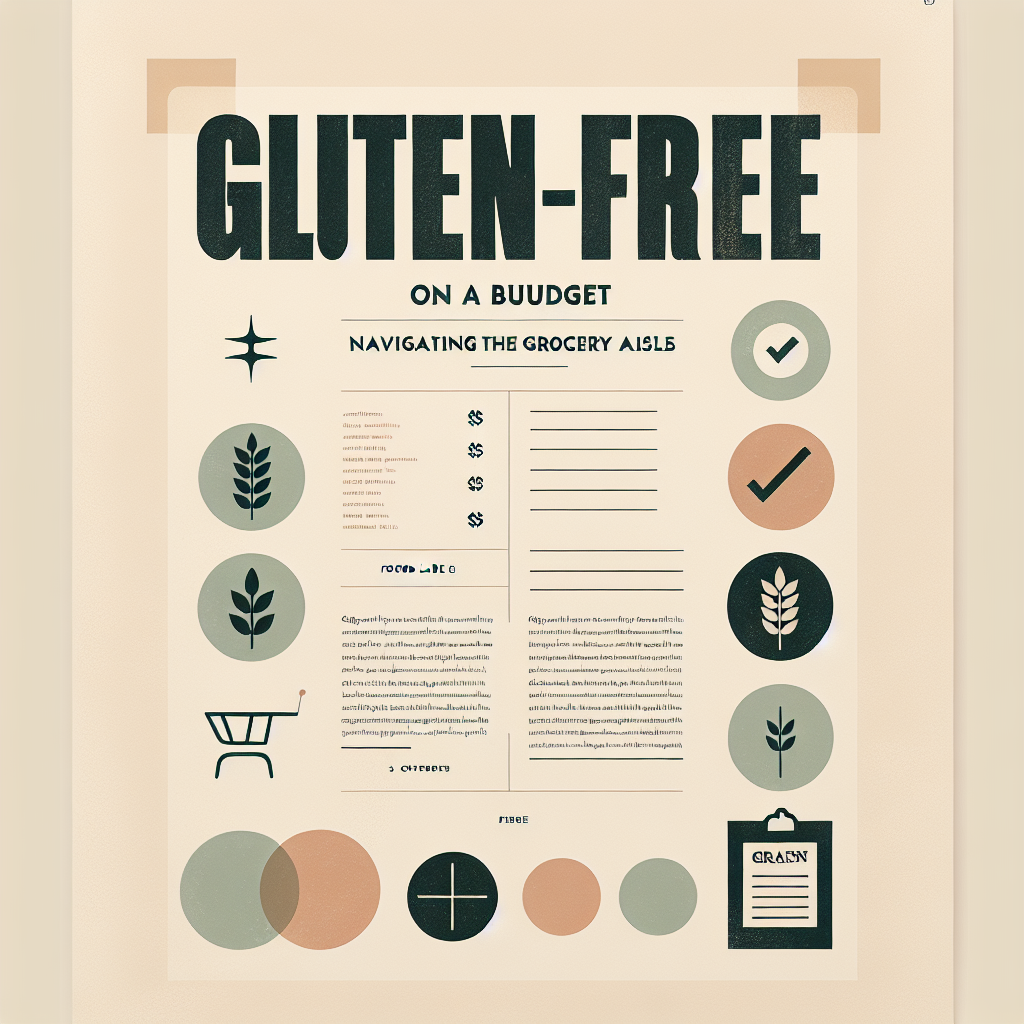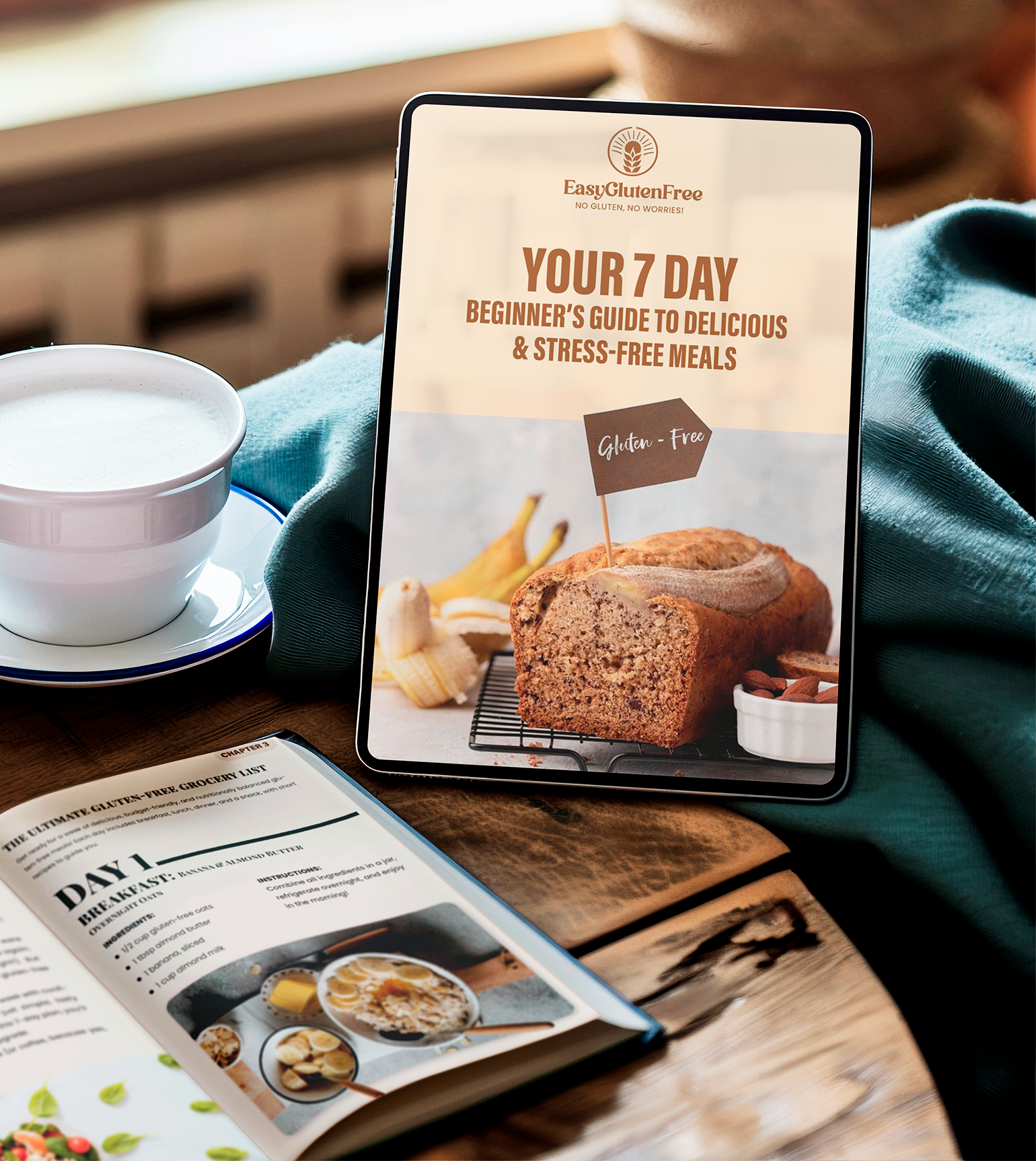Walking into a grocery store and finding oneself among aisles of choices can be thrilling. But if you’re someone living a gluten-free lifestyle, that thrill can often turn into a battlefield negotiation with labels. What’s more, the cost difference between gluten-free and regular products can be a tad intimidating. So today, I thought I’d chit-chat a bit about how to make gluten-free food budget-friendly. Indeed, by weaving in a bit of creativity and strategic planning, it’s absolutely feasible to follow a gluten-free diet without hurting your wallet.
Firstly, let’s kick off the big-budget saving idea— cooking at home. Now, I know what you’re probably thinking. “Claire, I’ve barely got time to catch my favorite show on Netflix, forget setting aside hours to cook!” But hey, stick with me a while.
Cooking at home doesn’t necessarily mean you’ve to roll up your sleeves the moment you step in from work. The idea is to plan and prep your meals in such a way that you can just toss your ingredients together and voila — dinner’s served!
Not convinced yet? I’ve discussed in detail about the advantages of cooking gluten-free home meals [here](make_your_own_gluten_free_meals_for_health_and_savings). In addition to being way healthier, home-cooked gluten-free meals can also be considerably cheaper than restaurants or readymade meals heavy with unidentifiable ingredients.
Here’s where the second big-budget saving idea comes in— meal planning. Surprisingly, the art of meal planning is so underutilized when it is truly a lifeline for people following a gluten-free diet. Plus, if budgeting is a part of your agenda, you doubly need to embrace this idea.
Create weekly or even monthly meal plans so that your grocery shopping becomes systematic and disciplined. It is often those out-of-plan, impulsive buys that end up increasing the cost of groceries. A well-thought-out plan includes breakfasts, lunches, dinners, and also snacks — yes, don’t forget to factor in your mid-meal hunger pangs!
And speaking of snacks, if you’re used to those gluten-free granola bars or cookies (that cost a mini-fortune per pack, by the way), it’s time to shift to natural, cheaper alternatives like fruits, vegetables, nuts, or homemade popcorn. I recall a post where I shared creative gluten-free snack ideas right [here](creative_and_healthy_gluten_free_snack_ideas). Check that for your snack-planning!
Also, when you’re making your shopping list, keep in mind to stick to naturally gluten-free food whenever possible. Fruits, vegetables, beans, legumes, milk, cheese, fish, poultry, and meats are naturally gluten-free and often less expensive than gluten-free processed food. Make these your diet staples and get creative with your recipes. Who knows, you might end up inventing your signature gluten-free dish!
Another powerful tool in any gluten-free budget-friendly arsenal is shopping sales. Now, I don’t just mean grocery store sales (though they’re wonderful). Consider shopping at farmers’ markets, discount grocers, or online health food stores. They often have sales specifically on natural foods, and if you can stock up then, you can snag a real deal.
Another underutilized area is the bulk food section. Here you can find a variety of gluten-free grains like quinoa, buckwheat, millet, and more. Buying in bulk can save you a significant amount over packaged goods. Just remember to ensure that the store follows good practices to avoid cross-contamination if that’s a concern for you.
Finally, sharing is caring— and in this context, it also means saving! Shared memberships at wholesale clubs can help you and a friend or family member save on purchases in bulk like meats, canned goods, baked products, and vegetables — all while splitting the cost.
The same can work for a CSA (Community Supported Agriculture) box. By sharing a CSA membership, you get access to a rainbow of fresh, locally grown produce, often at a lower price than retail markets. It’s a triple win — your pocket is happy, your body gets wholesome nutrition, and you support the local economy as well.
Remember, a gluten-free lifestyle doesn’t need to be expensive. It requires a shift in perspective, a pinch of creativity, and a dash of planning. As you embrace these tactics, you’ll soon notice how feasible and enjoyable it becomes to live gluten-free within a budget.
Sure, the journey might seem a bit overwhelming initially, but I’m here with you at every step of the way. Together, we’ll navigate this gluten-free maze and come out victorious, with our health, taste buds, and wallet thanking us.
Until next time, happy budgeting!
**Category: Budget & Meal Planning**



